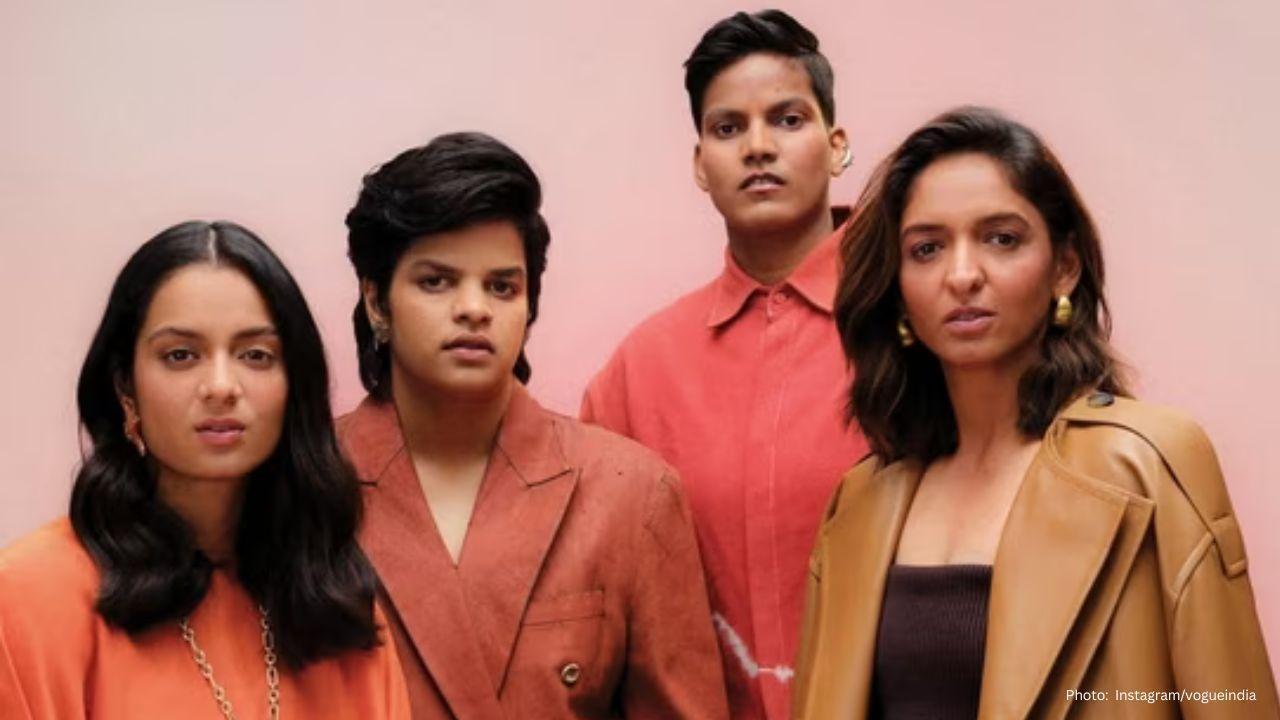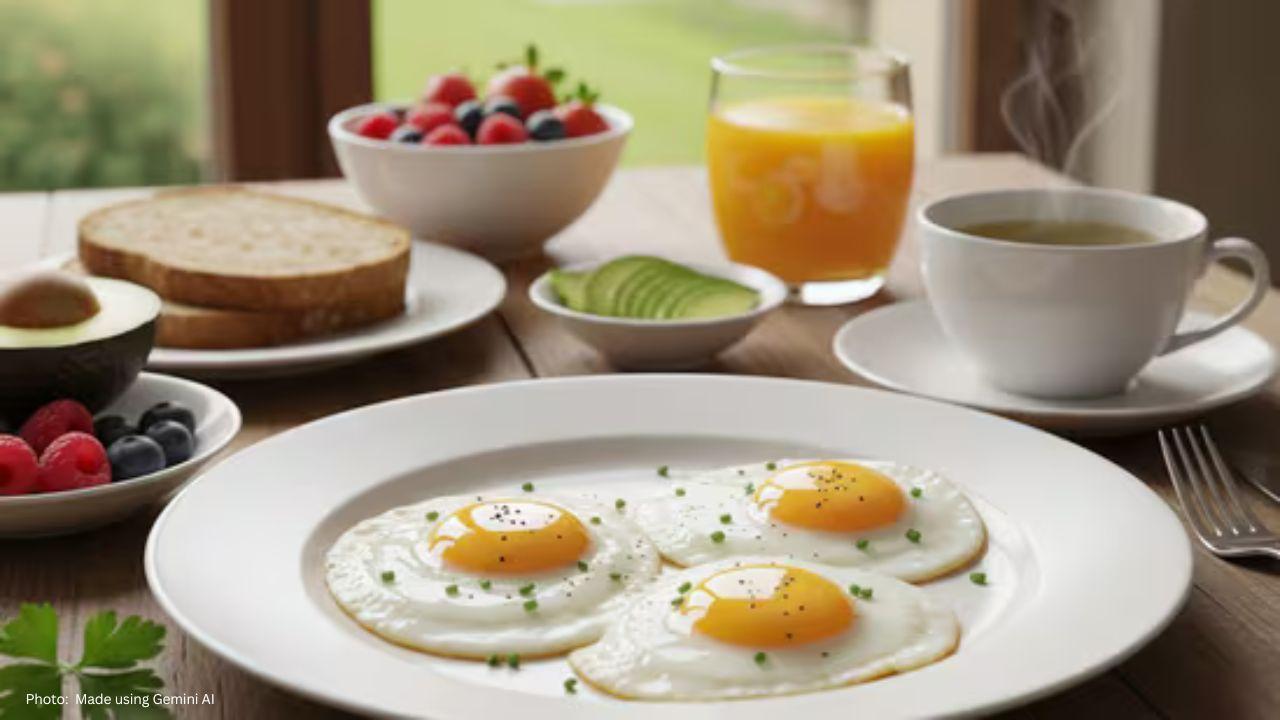
Join 10k+ people to get notified about new posts, news and tips.
Do not worry we don't spam!

Post by : Sameer Farouq
Figs are a popular fruit, loved for their sweet taste and chewy texture. However, a common question often arises: do figs really contain dead wasps? While this idea may sound alarming at first, the reality is far more interesting—and it involves a fascinating relationship between figs and fig wasps that has evolved over millions of years.
Figs and fig wasps share a remarkable mutualistic relationship, meaning both species benefit from the interaction. Fig wasps are tiny insects responsible for pollinating certain species of figs. In return, the figs provide a safe place for the wasps to lay their eggs. This delicate partnership ensures the survival of both species and plays a critical role in the reproduction of the fig plant.
Female fig wasps enter a specialized structure in the fig called the syconium, which is essentially the fig’s hollow interior lined with tiny flowers. Inside, they deposit their eggs and simultaneously pollinate the flowers. Once their task is complete, many wasps die inside the fig. This has led to the popular belief that all figs contain dead wasps.
The idea that every fig contains a dead wasp is not entirely accurate. In fact, most of the figs consumed by humans, especially in the United States and Europe, belong to parthenocarpic varieties. Parthenocarpic figs do not require pollination to ripen. They develop naturally without the involvement of fig wasps, which means that the majority of figs in grocery stores are completely wasp-free.
Even in figs that rely on fig wasps for pollination, the number of wasps inside a fig is often very small. The fig’s natural enzymes and digestive processes break down the wasp bodies completely, leaving no trace. Therefore, any “dead wasp” inside a fig is usually invisible and harmless.
For fig species that require pollination, the life cycle of the fig wasp is integral to the fig’s reproduction. Female wasps are uniquely adapted to enter the fig through a small opening called the ostiole. Once inside, they pollinate the flowers and lay their eggs. The larvae develop within the fig, while male wasps typically mate with females before dying inside the fruit. Female wasps leave the fig to repeat the cycle with a new fig tree.
This intricate process is an excellent example of co-evolution in nature, where two species adapt closely to each other over time. While the thought of dead insects inside fruit may seem unappetizing, it is a natural and essential part of the fig’s life cycle in the wild.
Many people worry about whether consuming figs that have had fig wasps is safe. The answer is reassuring: figs are safe to eat. Even if a fig had a wasp inside during pollination, the wasp’s body is broken down by the fig’s natural enzymes. There is no risk to humans, and no special preparation is required.
From a nutritional standpoint, figs remain rich in fiber, vitamins, and antioxidants regardless of the pollination process. The tiny traces of wasps that may have been present do not affect the taste, texture, or safety of the fruit.
The myth of dead wasps in figs persists largely due to misunderstandings about fig pollination. For people unfamiliar with the fig-wasp relationship, imagining insects inside fruit can be unsettling. Media articles, documentaries, and even casual conversations sometimes exaggerate the role of wasps, making it seem as though every fig contains insects.
In reality, this is far from the truth. The majority of commercially available figs are grown without any need for pollination by wasps. Even for figs that require pollination, the natural process ensures that any insect remnants are completely harmless.
Species Specificity: Each fig species is usually pollinated by a single fig wasp species, highlighting a unique one-to-one relationship.
Global Distribution: Fig trees and their wasps are found in many tropical and subtropical regions, contributing to local ecosystems and biodiversity.
Pollination Efficiency: Fig wasps are highly efficient pollinators, ensuring that nearly every flower inside the fig has a chance to reproduce.
Co-Evolution Timeline: Figs and fig wasps have co-evolved for tens of millions of years, making them one of nature’s most enduring partnerships.
This article is for informational purposes only and is not a substitute for professional advice. All figs available for consumption, including those that may have involved fig wasps in their pollination, are considered safe to eat. Individual reactions to foods may vary, and readers should consult a healthcare professional if they have concerns about allergies or dietary restrictions.










Conway Shines as New Zealand Edges Out West Indies in Napier
Devon Conway and Rachin Ravindra propel New Zealand to a five-wicket victory over West Indies, clinc

Ja'Marr Chase Faces One-Game Suspension Following Spitting Incident
Bengals' Ja'Marr Chase receives a one-game suspension after spitting on Jalen Ramsey; his appeal has

England Names 12-Man Squad for Opening Ashes Test in Perth
England reveals a 12-man squad for the first Ashes Test in Perth, featuring Shoaib Bashir and a pace

Roger Federer Inducted into Tennis Hall of Fame in Historic First Year
Tennis icon Roger Federer receives Hall of Fame recognition in his first year, alongside renowned co

Steve McClaren Steps Down as Jamaica’s Head Coach Following World Cup Qualifying Draw
After a crucial goalless draw with Curacao, Steve McClaren resigns as Jamaica's head coach, leaving

Daryl Mitchell Tops ICC ODI Rankings, Updates Released
Daryl Mitchell ascends to No.1 in the ICC ODI rankings, with boosts for players from New Zealand, In